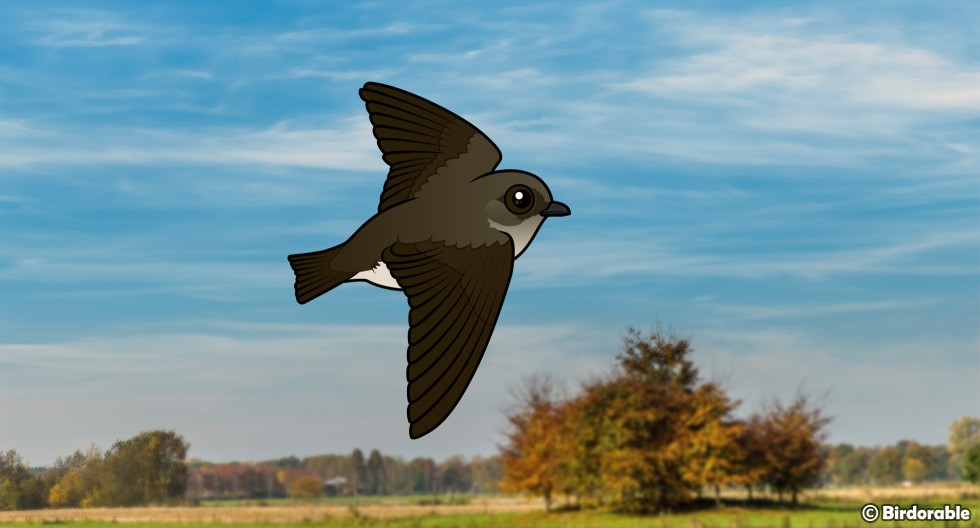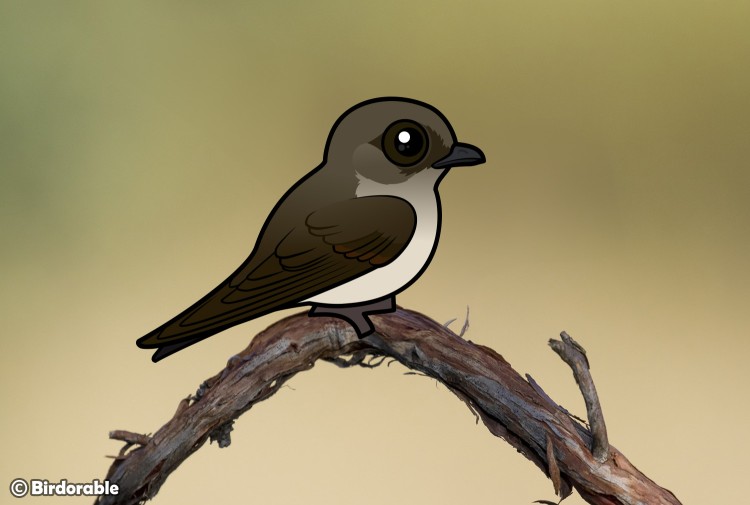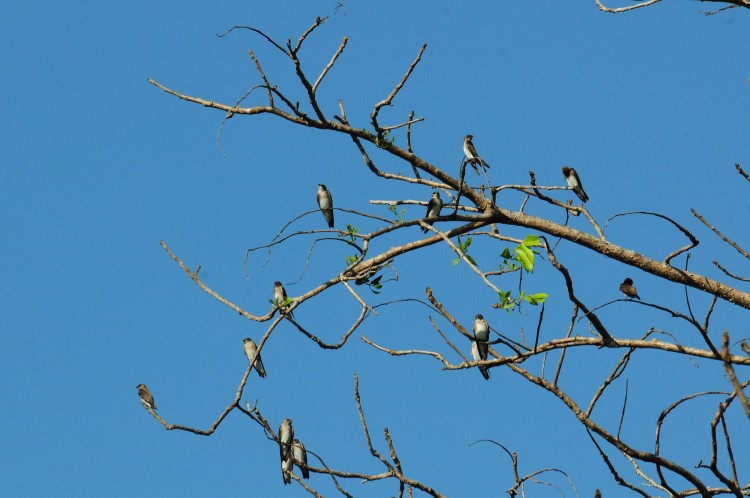Swallow Week 2024: Northern Rough-winged Swallow
Unassuming Aerialists: Exploring the Life of Northern Rough-winged Swallows

Northern Rough-winged Swallow
The Northern Rough-winged Swallow (Stelgidopteryx serripennis) is a modestly plumaged bird, often overlooked due to its subtle brown coloring and less flashy appearance compared to other swallows. However, what it lacks in vibrant colors, it makes up for with its intriguing characteristics and behaviors. This bird is named for the tiny hooks or serrations along the edge of its primary wing feathers, a feature unique among swallows, believed to help in catching insects mid-flight.
One of the most fascinating facts about the Northern Rough-winged Swallow is its adaptability in nesting locations. Unlike many birds that are specific about their habitat, this species can nest in a variety of settings, including sandy banks, gravel pits, or even man-made structures like drainage pipes and culverts. This adaptability showcases their resilience and resourcefulness in finding safe places to raise their young.
Conservation concerns for the Northern Rough-winged Swallow are relatively low compared to other bird species. They are currently not listed as threatened or endangered, thanks largely to their adaptability to various habitats, including those altered by humans. Nonetheless, they are not immune to broader environmental threats such as habitat destruction, pollution, and the broader impacts of climate change, which could affect their food sources and nesting sites in the future.

Northern Rough-winged Swallow

Northern Rough-winged Swallows by Vince Smith (CC BY 2.0 DEED)









Comments
Leave a comment
Thank you!